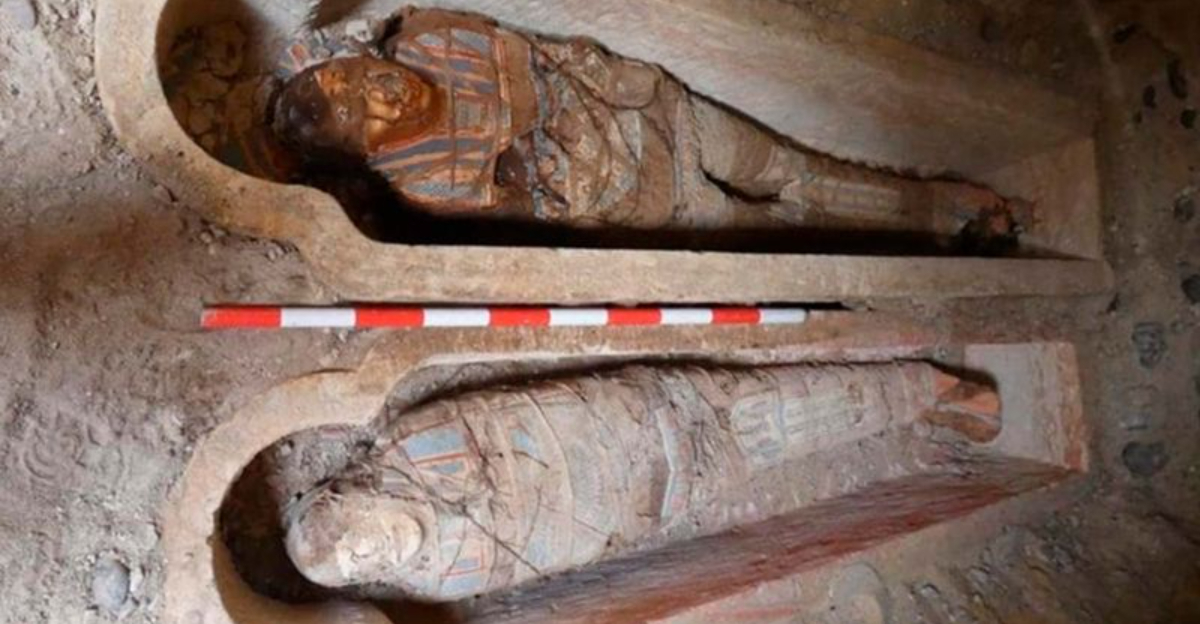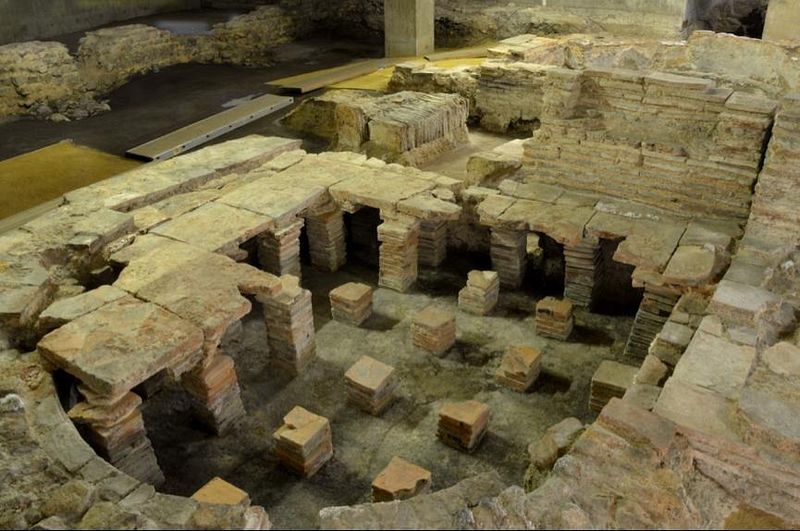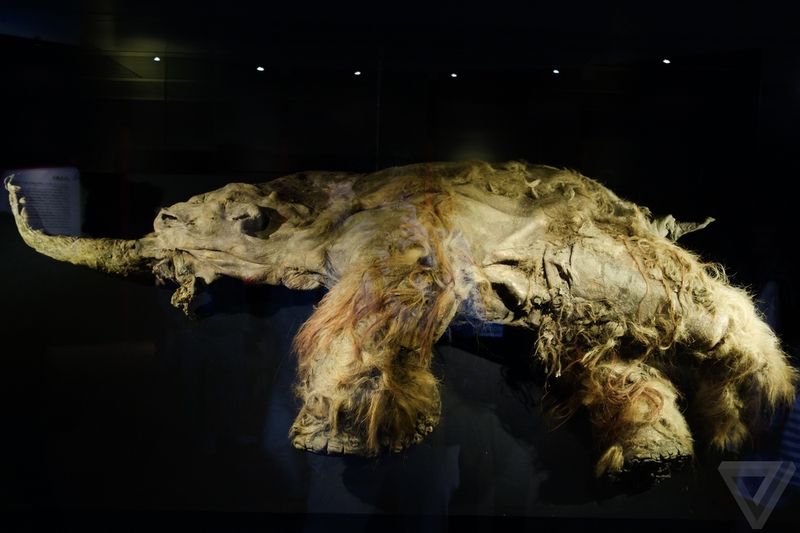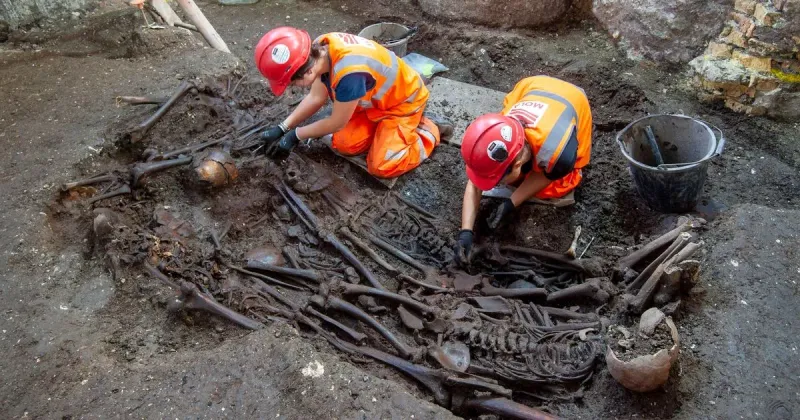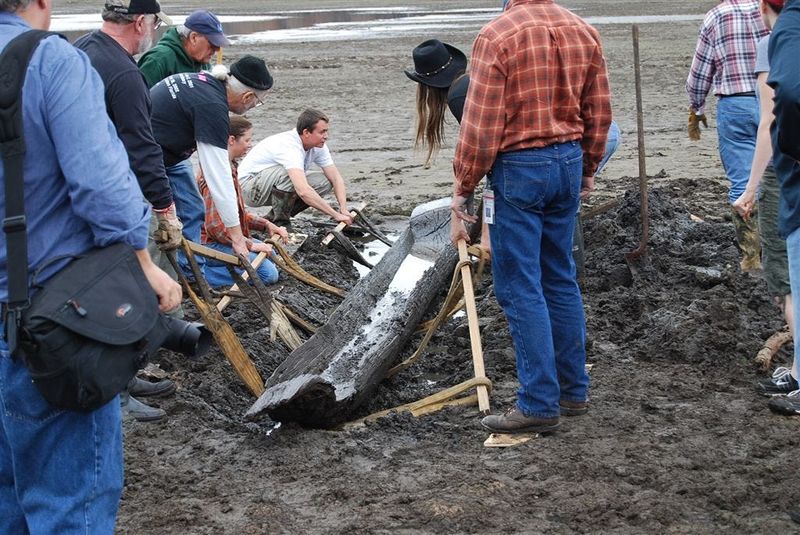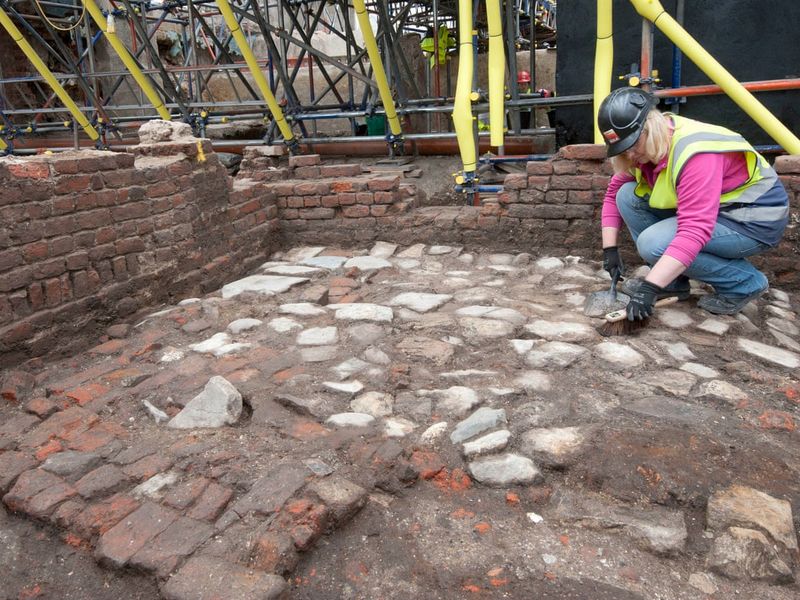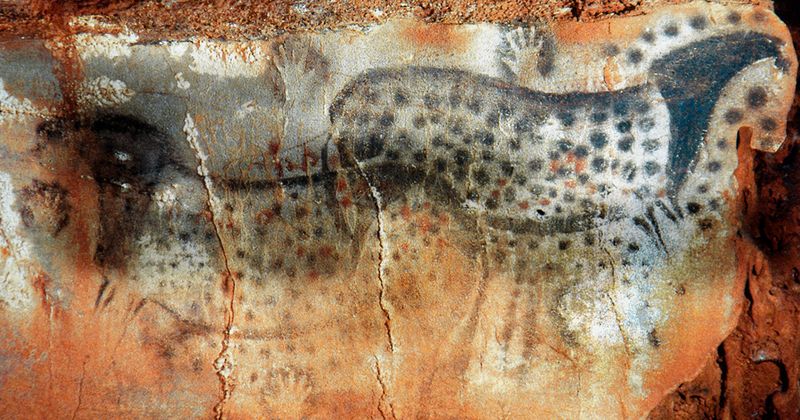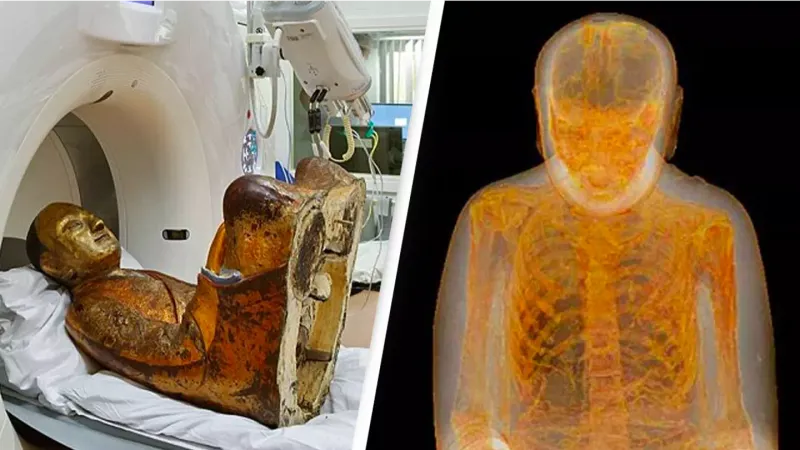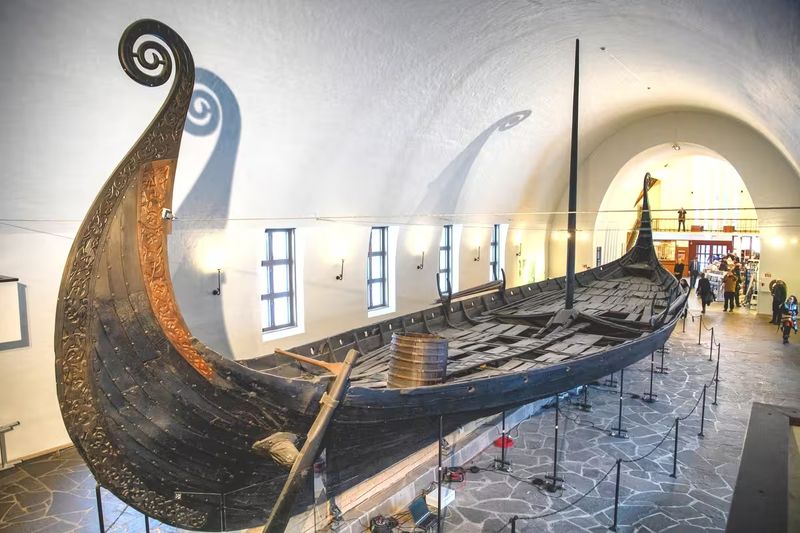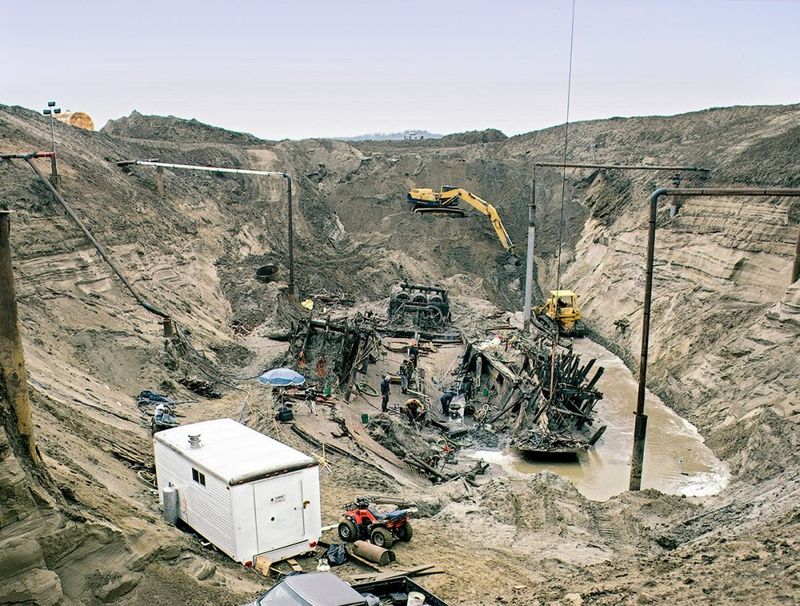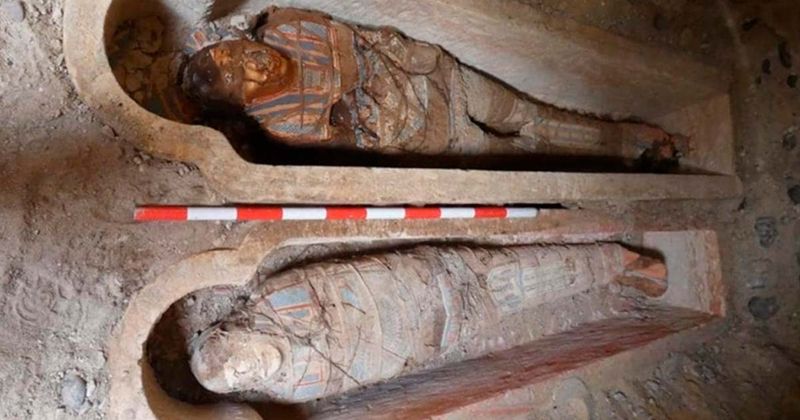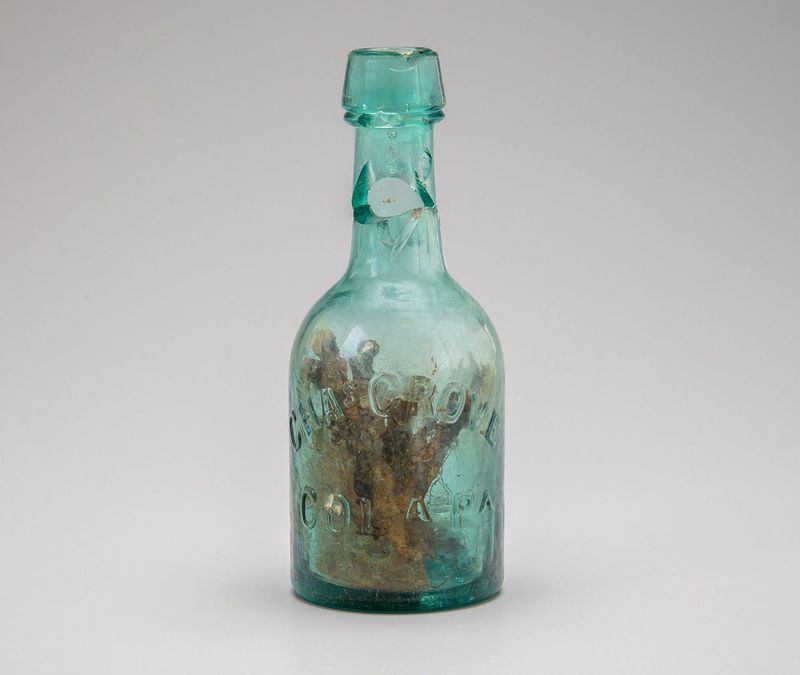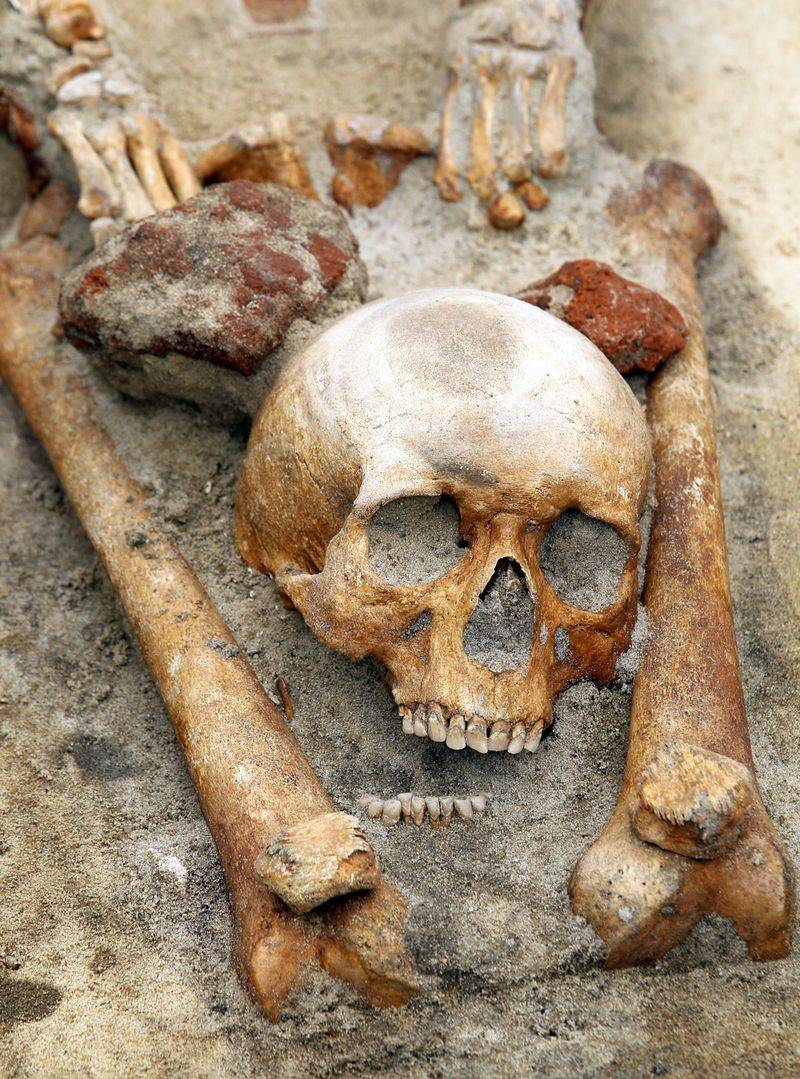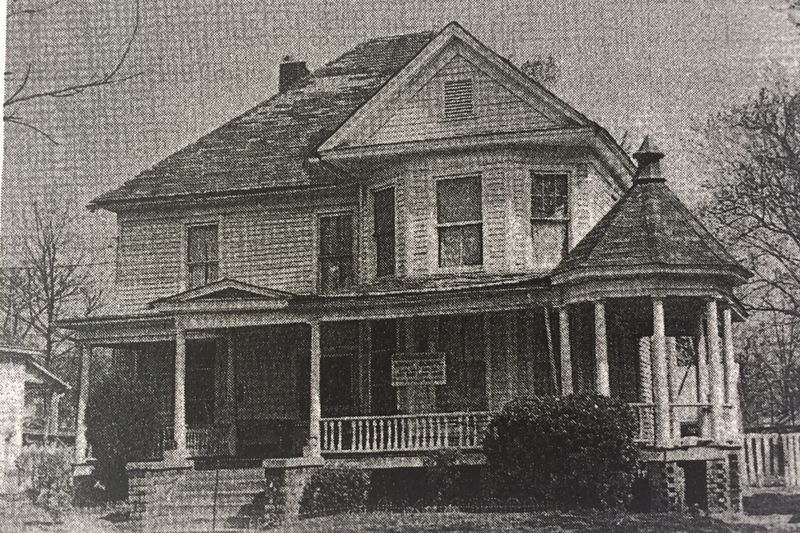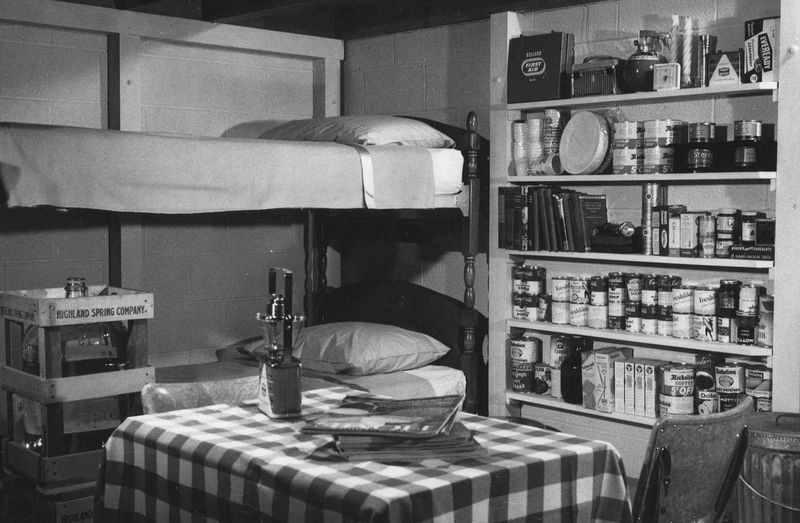Construction workers around the world often stumble upon fascinating pieces of history buried beneath our feet. When foundations are dug or old buildings demolished, these unexpected discoveries offer glimpses into forgotten chapters of human civilization. From ancient burial grounds to bizarre time capsules, these findings remind us that history lurks just below the surface of our modern world.
1. Roman Bath House Under a Department Store
Workers renovating a department store in London in 2011 uncovered an incredibly preserved Roman bath house dating back to 43 AD. The steamy retreat once served high-ranking officials in Londinium, complete with heated floors and decorated tile mosaics.
Archaeologists found intact plumbing systems that demonstrated the Romans’ engineering prowess. Several personal items were scattered throughout – combs, jewelry, and ancient coins that slipped between floor cracks centuries ago.
Most fascinating was a curse tablet – a thin lead sheet with inscribed grievances against someone who allegedly stole a garment at the baths, asking the gods to punish the thief with painful ailments.
2. Frozen Woolly Mammoth in Siberian Construction
Road workers in Siberia got the shock of their lives in 2019 when their bulldozer blade struck something solid that wasn’t permafrost. What emerged was a nearly complete woolly mammoth with preserved fur, internal organs, and even undigested food in its stomach.
Nicknamed ‘Yuka’ by locals, the young female mammoth died approximately 28,000 years ago. Scientists discovered evidence of human interaction – cut marks suggesting early humans had begun butchering the animal before abandoning it for unknown reasons.
The mammoth’s remarkable preservation allowed researchers to extract viable DNA, bringing us one step closer to potentially reviving these ice age giants through emerging genetic technologies.
3. Mysterious Plague Pit Under a Playground
When workers began excavating for a new elementary school playground in London in 2015, they unearthed a grisly discovery – a mass grave containing over 30 skeletons. Carbon dating and pottery fragments confirmed these remains belonged to victims of the 1665 Great Plague.
The bodies were arranged in an orderly fashion despite the chaos of the epidemic, showing care even during catastrophe. Many skeletons showed signs of malnutrition and chronic illness common in 17th-century London’s poorer districts.
Most chilling was the discovery of a mother and child, their skeletal hands still intertwined after centuries beneath the earth – a poignant reminder of the human tragedy behind historical statistics.
4. 8,000-Year-Old Dugout Canoe From a Highway Project
Highway expansion in Florida took an unexpected detour when workers discovered an ancient dugout canoe preserved in muck beneath the roadbed. Carbon dating placed the watercraft at approximately 8,000 years old – making it one of the oldest vessels ever found in the Americas.
Crafted from a single cypress log using stone tools, the 15-foot canoe featured distinctive burn marks where hot coals were used to hollow out the interior. Archaeologists found fish scales and bone fragments inside, suggesting its last journey involved a successful fishing expedition.
The extraordinary preservation occurred because the canoe sank into an oxygen-poor bog that prevented normal decomposition, essentially pickling the wood for millennia.
5. Shakespeare’s Lost Playhouse Foundations
Foundation work for a London apartment complex in 2008 revealed the brick foundation of The Curtain Theatre – Shakespeare’s original performance venue before the famous Globe. This rectangular playhouse hosted the first performances of Romeo and Juliet and Henry V between 1577 and 1622.
Excavators recovered ceramic money boxes where entrance fees were collected, broken wine bottles, and tobacco pipes – evidence of Elizabethan entertainment habits. A small collection of jewelry items suggests patrons occasionally lost valuable possessions during performances.
Most exciting was the discovery of a small jade whistle likely used for sound effects during performances, giving historians new insights into how Shakespeare’s plays were originally staged with practical special effects.
6. Ice Age Cave Art Under an Office Building
Excavation for an office building’s parking garage in southern France uncovered a previously unknown cave system with walls adorned in spectacular prehistoric paintings. Dating back 17,000 years, the images depicted mammoths, bison, and mysterious abstract symbols in vibrant natural pigments.
The cave entrance had been sealed by a landslide for millennia, preserving the artwork in pristine condition. Archaeologists found handprints of the artists – including those of children – suggesting entire families participated in creating these ancient masterpieces.
Most remarkable was a panel showing humans hunting with what appeared to be domesticated wolves, potentially pushing back the timeline of dog domestication by thousands of years and rewriting our understanding of prehistoric human-animal relationships.
7. Mummified Monk Inside a Buddha Statue
Renovation workers at a Chinese temple in the Netherlands made a startling discovery in 2015 when CT scans revealed a perfectly preserved 1,000-year-old mummified monk inside a Buddha statue. The monk appeared to have practiced self-mummification – a rare and extreme ritual where practitioners slowly poisoned themselves while dehydrating their bodies.
Paper scrolls found inside the monk’s body cavity contained ancient Chinese medical texts and personal writings. His organs had been removed and replaced with scrolls containing sutras – sacred Buddhist texts believed to guide the soul in the afterlife.
Dental analysis indicated the monk consumed a special diet of toxic lacquer tree sap and poisonous herbs for years before death, gradually transforming his body into a natural mummy.
8. Viking Ship Burial Under a Pub Parking Lot
When expanding a pub parking lot in rural England, workers struck wood that turned out to be part of a 9th-century Viking ship burial. The 65-foot vessel contained the remains of a high-ranking warrior surrounded by weapons, treasure, and sacrificed animals.
The warrior was buried with his battle gear – a beautifully preserved sword, shield boss, and axe head still showing traces of blood. Several silver coins from multiple kingdoms indicated his extensive raiding history across Europe.
Most surprising was the discovery of Arabic texts wrapped in oilskin – suggesting this Viking had traveled as far as the Middle East during his lifetime. The ship itself was intentionally filled with rocks after burial, a ritual practice believed to prevent the dead from rising.
9. Perfectly Preserved 19th Century Steamboat
Construction of a new hotel in Missouri uncovered the Arabia – a fully loaded steamboat that sank in the Missouri River in 1856 after hitting a tree snag. The vessel had been buried under 45 feet of soil as the river changed course over decades.
The cargo hold contained an astonishing time capsule of pre-Civil War American life: 200 barrels of whiskey, clothing still on hangers, china sets, and tools bound for frontier settlements. The anaerobic environment created by the mud perfectly preserved perishable items including leather boots with stitching intact and jarred fruits still appearing edible.
Most remarkable was a jar of pickles still green and apparently preserved – though researchers who sampled them confirmed they no longer tasted very good!
10. World War II Bomber with Crew Remains
Airport expansion in Germany uncovered the wreckage of a B-24 Liberator bomber shot down during a 1944 Allied raid. The aircraft had crashed into marshy ground and been gradually covered by sediment, preserving much of its structure and contents.
Personal items belonging to the ten-man crew remained inside – dog tags, photographs, letters from home, and even a perfectly preserved leather jacket with squadron insignia. Most sobering was the discovery of human remains still at crew positions, suggesting the men died at their posts.
Military historians identified the aircraft through its serial number and were able to contact living relatives of the airmen, finally providing closure to families who had only known their loved ones as “missing in action.”
11. Ancient Egyptian Tomb Under a Suburban Garage
Homeowners in Alexandria, Egypt got more than they bargained for when digging to expand their garage in 2017. Just 12 feet below the surface lay an intact 2,300-year-old tomb from the Ptolemaic period, complete with sarcophagi, canopic jars, and funeral offerings.
The tomb contained three mummies adorned with golden amulets and death masks. Hieroglyphic inscriptions identified them as a wealthy merchant family. Remarkably well-preserved wall paintings depicted scenes from Egyptian mythology, including judgment in the afterlife.
Most intriguing was an alabaster statue of Anubis guarding the tomb entrance – with a hidden compartment containing papyrus scrolls describing burial rituals and what appeared to be a map to another, potentially undiscovered tomb nearby.
12. Medieval Witch Bottle Protection Spell
Demolition workers at a 16th-century English cottage found a sealed ceramic bottle containing human hair, fingernail clippings, pins, and a mysterious liquid. Archaeologists identified it as a “witch bottle” – a counter-magical device intended to protect the home’s inhabitants from curses.
Analysis of the liquid revealed it was urine mixed with belladonna and other toxic herbs. The pins were arranged in a specific pattern believed to trap evil spirits or redirect curses back to their sender. A small paper inside contained writing in a cipher that, when decoded, named a specific individual as the suspected witch.
Most fascinating was evidence that the bottle had been periodically opened and its contents refreshed over decades, suggesting long-term fear of a specific curse or enemy.
13. Perfectly Preserved Roman Soldier in a Bog
Highway construction through a German peat bog unearthed the remarkably preserved body of a Roman legionnaire from around 170 AD. Nicknamed “Marcus” by the discovery team, the soldier’s leather armor, woolen tunic, and even skin and hair remained intact due to the bog’s unique chemistry.
His cause of death was immediately apparent – three Germanic spear points embedded in his torso and a sword wound to the neck. Personal possessions included a wax writing tablet containing what appeared to be a letter to his family back in Rome, speaking of harsh conditions and fears of local uprisings.
Most extraordinary was his leather pouch containing dried medicinal herbs, a small bronze statuette of Mars, and a lock of woman’s hair tied with thread – perhaps a memento from a loved one.
14. 18th Century Vampire Burial Ritual
Construction of a shopping center in Connecticut revealed a bizarre 1790s burial – a man whose head had been removed and placed beside his legs, with his femur bones arranged in an X pattern across his chest. Historians identified this as a “vampire burial” common during New England tuberculosis outbreaks.
When families saw multiple members waste away with the same symptoms, they sometimes exhumed recently deceased victims, searching for signs the dead were consuming the living. This man’s treatment suggests his community believed he was rising from the grave to drain life from survivors.
Brass buttons on his burial clothes bore the initials “JB” – matching historical records of a local man who died of “consumption” during a family outbreak that claimed five lives.
15. Children’s Toys from a Victorian Orphanage
Demolition of an abandoned building in Chicago revealed a hidden space beneath a staircase filled with handmade toys from a 19th-century orphanage. The collection included rag dolls, wooden soldiers, marbles, and tiny handwritten notes – secret treasures of children who had little to call their own.
Historical records confirmed the building served as St. Mary’s Home for Children from 1849 until a devastating fire in 1891. The toys appeared to have been deliberately hidden rather than forgotten, suggesting the children created a special cache of belongings away from adult supervision.
Most touching was a crudely carved wooden horse with a note still tied to its neck: “Property of William H. Please return if found. This is all I have left from home.”
16. Sealed 1950s Fallout Shelter With Supplies
Excavation for an apartment complex in Nevada uncovered a fully stocked 1950s family fallout shelter that had been sealed and forgotten for decades. The underground concrete bunker contained everything a family of four would need to survive a nuclear attack – canned food, water, first aid supplies, and radiation detection equipment.
Personal touches revealed the family’s fears during the height of Cold War tensions. Board games, comic books, and children’s toys were carefully arranged alongside survival manuals and newspaper clippings about nuclear threats. Family photographs showed a young couple with two small children who would now be in their 70s.
A diary found inside documented the family’s shelter drills and growing anxiety about Soviet threats, abruptly ending in October 1962 – the peak of the Cuban Missile Crisis.
17. Jar of McDonald’s Burgers Buried in 1995 Time Capsule
Office building renovation in Oklahoma unearthed a peculiar time capsule buried by employees in 1995 – a sealed glass jar containing five McDonald’s hamburgers and an accompanying letter explaining the experiment. The employees wanted future generations to see whether the preservative-filled burgers would decompose over time.
Remarkably, the burgers showed minimal signs of decay after 25 years underground. While the bread had hardened and the meat darkened, they remained recognizable and relatively intact, much to the horror of nutritionists examining the find.
The letter included predictions about future fast food (“We expect by the time you find this, McDonald’s will serve food pills and virtual reality dining experiences”) and contained business cards from employees curious if their experiment would be discovered.
